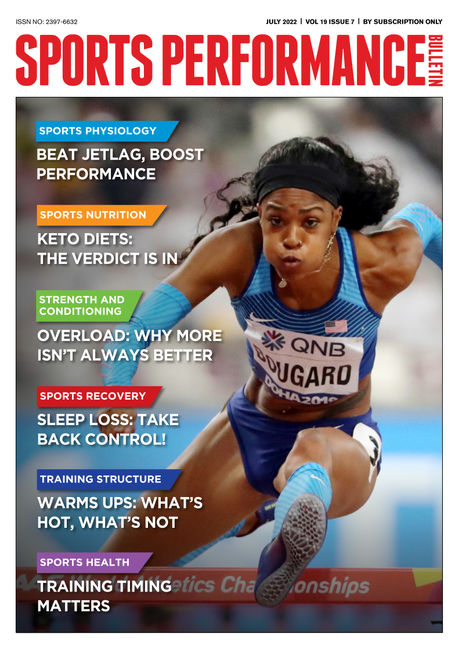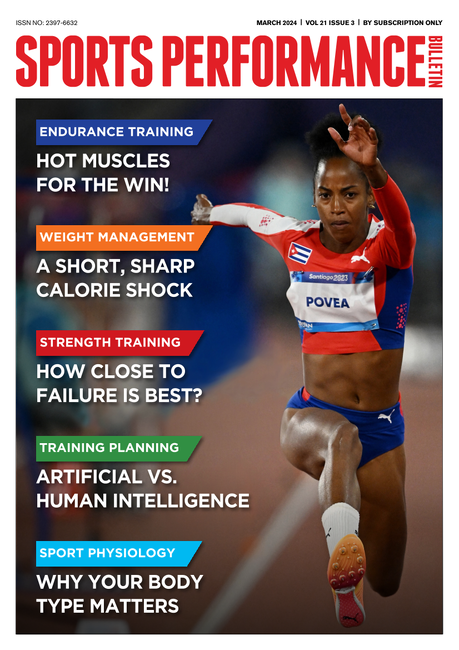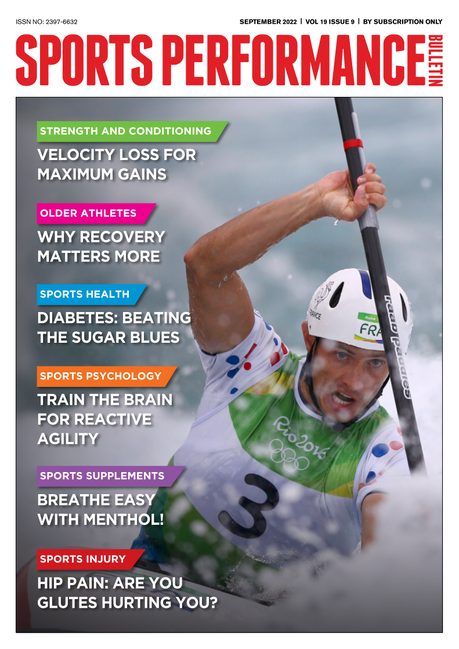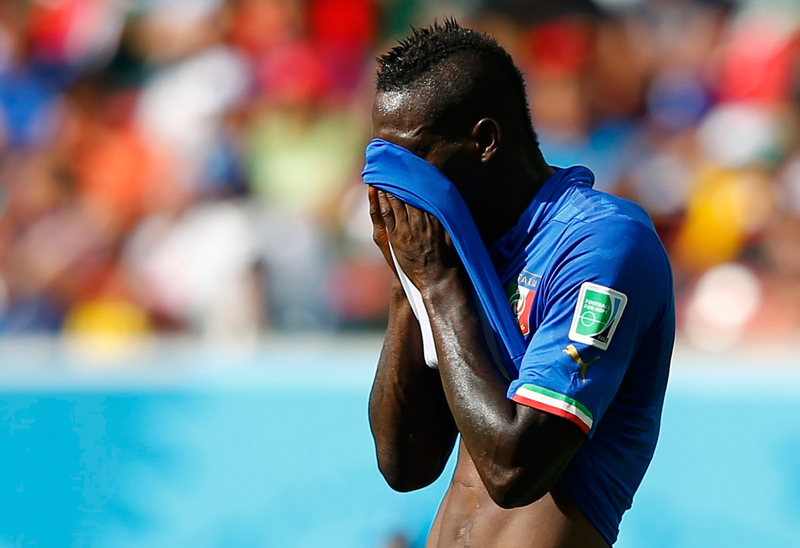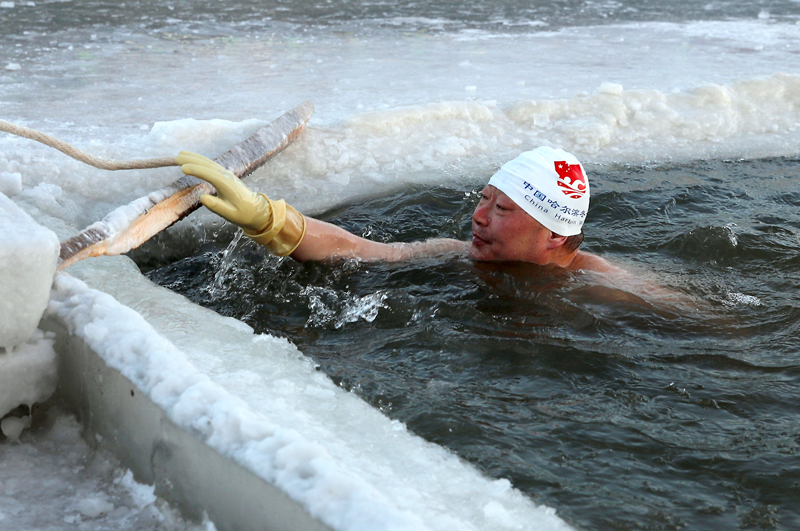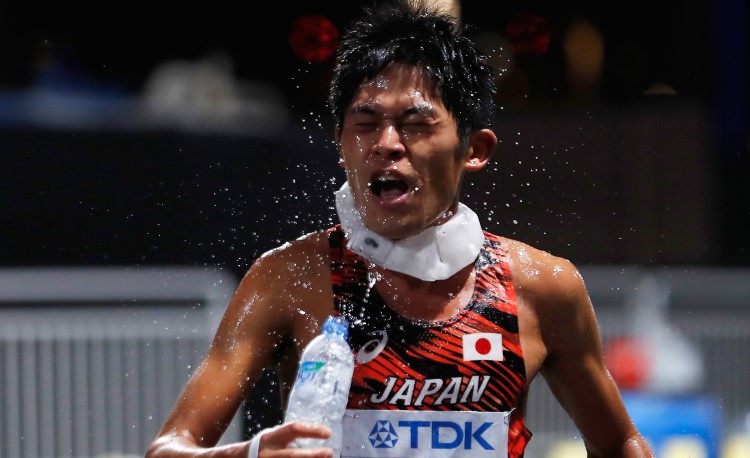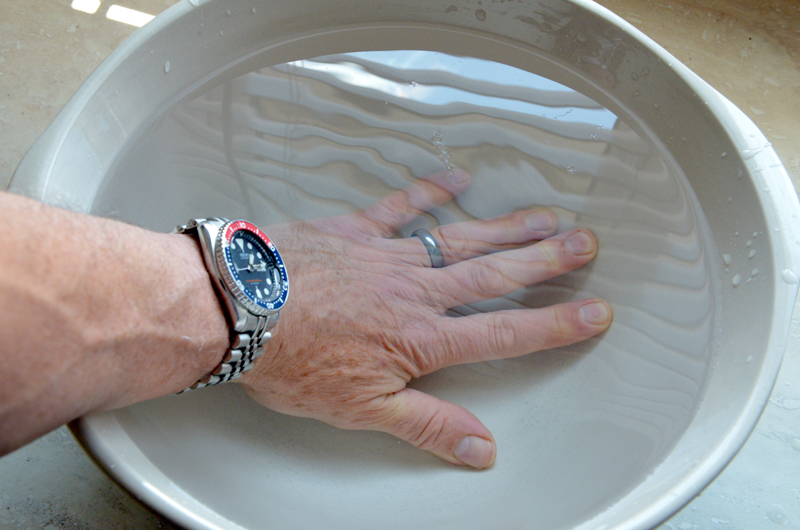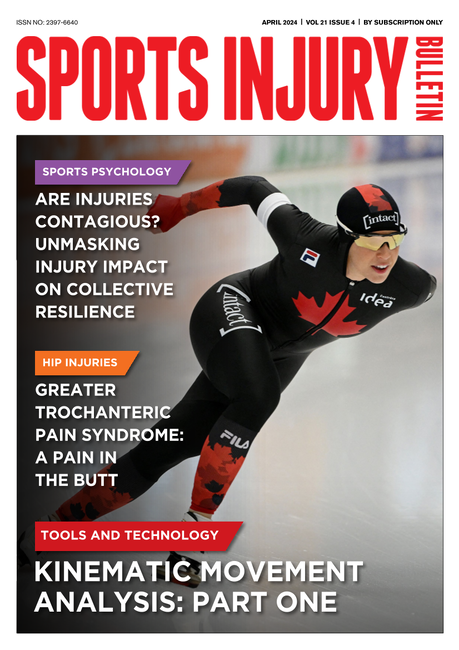There’s no doubt that effective face-cooling strategies can help improve sport performance in very hot conditions. However (as Matt Lancaster has indicated elsewhere in this issue), effective cooling protocols are not always convenient or possible during match or race conditions. Face-cooling (applying cold packs to the forehead) as a cooling strategy is easy to implement but how effective is it?
That’s the question scientists from the University of Birmingham in the UK have been trying to answer in a study on cycling in hot conditions. Ten fit but non heat-acclimatised males (average age 23 years, average VO2max 56mls per kg per min) exercised for 40 minutes on a cycle ergometer at 65% of their peak aerobic power in ambient temperatures of 33ºC and 27% relative humidity on two separate occasions with face-cooling and without face-cooling (the control condition). In particular, the scientists were keen to see the effects of face-cooling on core temperature, heart rate, blood lactate, perceived rate of exertion (PRE), prolactin release (a measure of exercise stress) and subjective thermal comfort. The results were as follows:
- With face-cooling, forehead temperature was maintained around 6ºC lower than with no face-cooling while the temperatures of other skin sites were similar or slightly higher;
- Core temperature increased equally in the face-cooling and control groups;
- Heart rates were significantly reduced with face-cooling, as was blood lactate;
- Levels of prolactin remained fairly constant with face-cooling, whereas they rose in the control group, especially towards the end of the exercise bout;
- PRE was reduced with face-cooling, but only towards the end of the exercise bout;
- Subject comfort was (perhaps surprisingly) rated as lower with face-cooling than in the control condition.
Exp Physiol 2006 Sep 14

